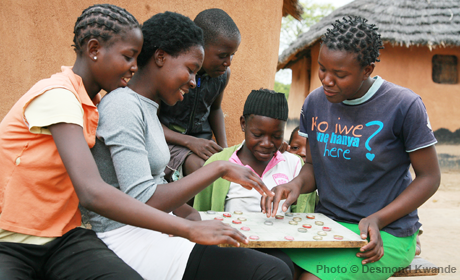Key humanitarian results 2021

Women assisted to deliver babies safely in UNFPA-supported facilities

Affected population reached with Family Planning services

Number of women of reproductive age (aged 15-49) reached with SRH services

People reached with awareness-raising activities and GBV-lifesaving information in-person

Nombre de cliniques mobiles

Functional health facilities supported by UNFPA that provide Emergency Obstetric Care (EmOC)

Safe Spaces for women and girls, supported by UNFPA

Jeunes animateurs et bénévoles formés à la santé sexuelle et reproductive

Personnel trained on clinical management of rape

